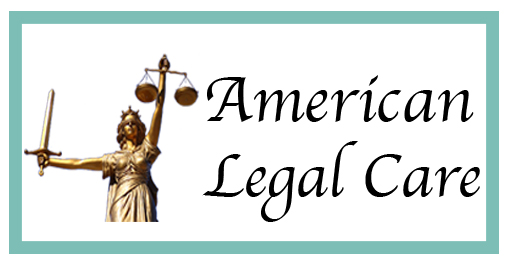Determining fault in car accident cases can be a crucial step for resolving claims, receiving compensation, and handling insurance matters. Knowing who was responsible for an accident helps insurance companies, lawyers, and courts assess liability and calculate damages. Fault can sometimes be straightforward, while in other cases, it’s more complicated and involves multiple factors. Our friends at Joseph Law Group, LLC discuss how fault is generally determined in car accident cases and why understanding this process can be essential for protecting your rights.
Police Reports As Key Evidence
After most car accidents, a police report is created, detailing the incident based on officers’ observations and witness statements. This report can include information about traffic violations, weather conditions, driver behaviors, and physical evidence, such as skid marks or vehicle damage. While a police report does not legally establish fault, it’s often used as a critical piece of evidence by insurance companies and legal professionals to help determine who is likely at fault.
Police reports can also include officer opinions regarding which party may have caused the accident or violated traffic laws. If you’re involved in an accident, obtaining a copy of the police report is an important step. A car accident lawyer can use this information as part of the evidence when negotiating with insurance companies or representing your case in court.
Traffic Laws And Violations
In many cases, determining fault comes down to traffic laws and identifying whether one or more drivers violated these laws. Running a red light, failing to yield, speeding, or distracted driving are common examples of violations that can establish fault. For instance, if a driver rear-ends another car, they are typically considered at fault since they were likely following too closely or not paying attention to traffic conditions.
A car accident lawyer can help analyze the details of the accident to determine if traffic laws were broken. Evidence such as photos, videos, and witness statements can further support this analysis. Proving that a driver violated a specific law often strengthens the case against them, making it easier to hold them accountable for damages.
Eyewitness Statements
Eyewitnesses can provide valuable perspectives on how an accident happened, especially in cases where there is disagreement over what took place. Witness statements can offer details about driver behavior, road conditions, and the sequence of events leading to the accident. For instance, a witness might observe that one driver was on their phone or was speeding at the time of the collision.
If you’re in an accident, gathering contact information from any witnesses can be beneficial. Statements from unbiased third parties can carry significant weight with insurance adjusters, especially if there are conflicting accounts from the drivers involved. These statements can clarify events and contribute to an accurate fault assessment.
Accident Scene Evidence
Physical evidence from the accident scene can also play a major role in determining fault. This includes skid marks, vehicle damage, road conditions, and other visual clues that provide insights into how the collision occurred. For example, long skid marks might suggest that a driver was speeding and had to brake suddenly. Vehicle damage patterns can also indicate which car struck the other, the point of impact, and even the direction of the vehicles at the time of the accident.
Photographs of the accident scene and damage to the vehicles are valuable pieces of evidence. If possible, take photos immediately after the accident, capturing details from multiple angles. This documentation can be helpful in supporting your claim and establishing fault, especially if the other driver disputes responsibility.
Insurance Company Investigations
Insurance companies conduct their own investigations to determine fault and decide how much compensation to offer for a claim. Adjusters may review police reports, gather statements from the drivers, and examine photos and other evidence. Insurance companies rely on this information to assign fault percentages, which can impact how much each party is responsible for paying.
In some states, a principle called “comparative negligence” is applied, which means that fault is divided among the parties involved. For example, if one driver is found to be 80% at fault and the other 20%, compensation is adjusted accordingly. In other states, however, if a driver is even slightly at fault, they may be barred from recovering any compensation. Consulting with a lawyer can help clarify how fault and negligence laws work in your state and what that means for your case.
The Importance Of Legal Guidance
Determining fault in a car accident case can be challenging, especially when there are multiple factors involved or when the other driver disputes your account. A lawyer can assist in collecting evidence, interpreting traffic laws, and working with insurance adjusters to build a case that accurately reflects the facts. If you’re dealing with injuries, significant damage, or a serious accident, working with a car accident lawyer can make a meaningful difference in achieving a fair outcome.
If you or someone you know has been in a car accident and is uncertain about who may be at fault, consider reaching out to an experienced attorney. A lawyer can help protect your rights, assess the situation, and guide you through the next steps.
